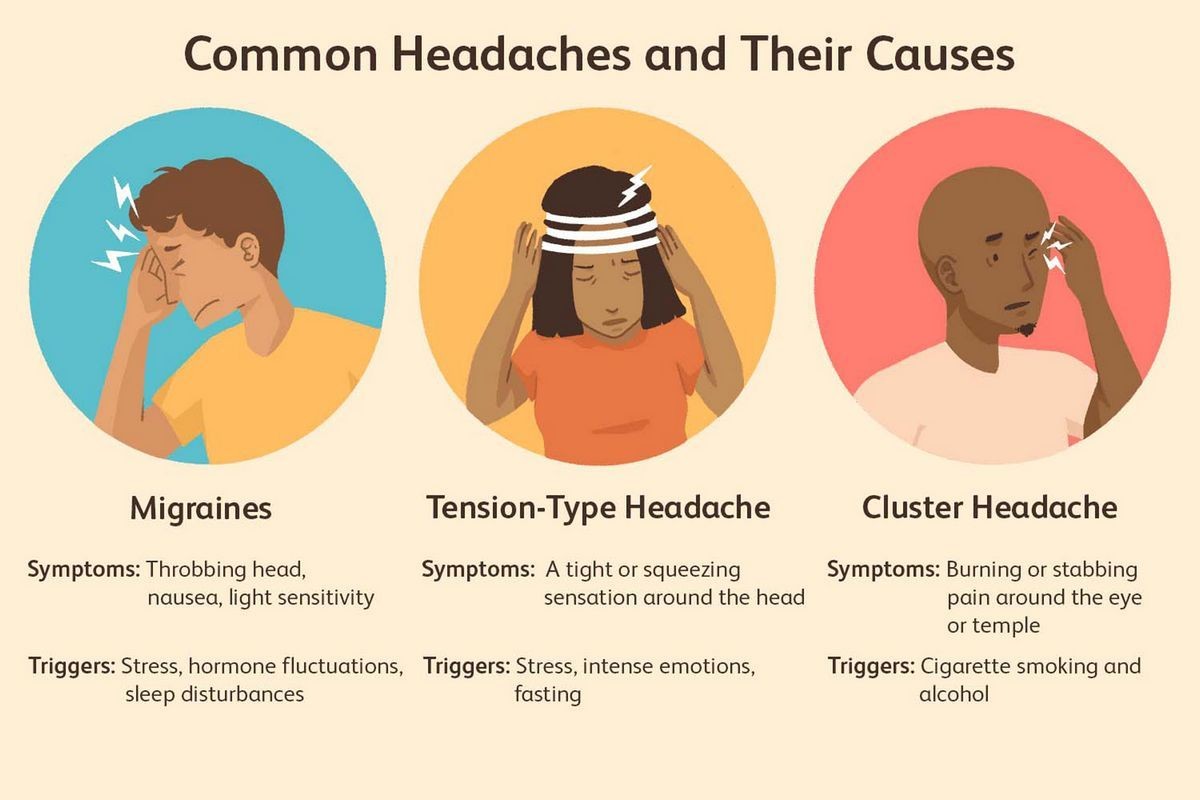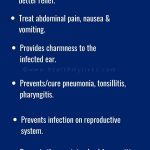
Contents
Difference Between Primary and Secondary Headaches
Headaches are categorized into two categories, primary and secondary, depending on their cause. Learn the differences below.
Headaches are a common symptom that can cause functional impairment, according to the WHO. They can be experienced in various ways, along with additional symptoms.
Doctors categorize headaches into primary and secondary depending on their causes.
Primary Headache
15 Common Symptoms
- Constant pressure or ache
- Pulsating or throbbing pain
- Can linger for hours or days
- Can disrupt daily routines
- Painful enough to disturb sleep
- Accompanied by nausea or vomiting
- Sensitivity to light or sound
- Pain on one or both sides of the head
- Pain behind or around one eye
- Throbbing pain at the front of the head
- Associated with excessive tears, redness, or drooping eyelids
- Nostril on the affected side has nasal congestion or post-nasal drip
- Headaches can occur after exercise
- Headaches can appear gradually
- Primary headaches can even develop during a daytime nap
5 Types of Primary Headaches
Primary headaches can occur once or frequently over a long period.
- Tension headaches: The most common type experienced by patients.
- Migraines: The second most common type with migraine-like symptoms.
- Cluster headaches: Less common and more painful than tension or migraine headaches.
- Exertional or exercise headaches: Occur during physical exertion.
- Hypnic headaches: A rare sleep-related headache that happens during sleep.
Secondary Headache
- Secondary headaches always have an underlying cause, which requires medical treatment.
- The causes range from medication abuse to more serious conditions like infections or tumors.
16 Symptoms of Secondary Headache
- Vertigo
- Light-headedness
- Dull ache that worsens over time
- Trouble concentrating
- Easily tired
- Irritability
- Memory problems
- Headaches from pain medication overuse
- Daily, chronic headaches
- Improved temporarily by pain relief medication
- Nausea
- Anxiety
- Restlessness
- Depression
- Pain in cheeks and forehead
- Stuffy or runny nose
3 Types of Secondary Headaches
- Post-traumatic headache: Occurs within seven days after a head injury.
- Headaches from pain medication overuse: Chronic headaches from overusing pain relievers.
- Sinus headaches: Caused by pressure or congestion in the sinus cavities.
Common Causes of Headaches
Overactivity or issues with pain-sensitive regions in the head can cause headaches.
Primary Headaches
Primary headaches can be caused by altered chemical activity in the brain, nerves, blood vessels, or muscles of the head and neck.
15 Common Causes of Primary Headaches:
- Emotional stress
- Poor posture
- Eyestrain
- Lack of sleep or poor sleep
- Changes in diet
- Depression or anxiety
- Dehydration
- Menstruation
- Hormonal changes
- Straining during bowel movement
- Excessive physical stress
- Hypertension
- Poor breathing during sleep
- Increased pressure in the brain when lying down
- Muscle tension
Secondary Headaches
Secondary headaches are symptoms of an underlying problem, condition, or disease.
10 Common Causes of Secondary Headaches:
- Sinus infection
- Caffeine withdrawal
- Medication overuse
- Pregnancy-related
- Existing medical conditions like high blood pressure
- Head injury
- Bleeding in the brain
- Brain tumor
- Pressure build-up in the sinus cavities
- Swelling of brain structures
Treatment Options for Headaches
If headaches interfere with daily life or are accompanied by other symptoms, seek medical attention. Treatment options depend on various factors, including diagnosis and headache type.
9 Treatment Options for Primary Headaches
- Over-the-counter medications
- Hydration
- Rest
- Proper nutrition
- Stress-reducing massages
- Migraine drugs
- Proper warm-up and avoiding triggering exercises
- Anti-inflammatory drugs
- Prescribed medications for hypnic or cluster headaches
If experiencing severe primary headaches, consult a doctor immediately.
15 Treatment Options for Secondary Headaches (depending on the cause)
- Anti-inflammatory medication or pain relievers
- Blood pressure pills
- Antidepressants
- Anti-seizure medications
- Biofeedback
- Physical therapy
- Nerve stimulators
- Relaxation therapies
- Cognitive-behavioral therapy
- Headache management and hydration
- Rest
- Targeted physical therapy
- Sinus surgery
- Antibiotics
It is important to track triggers, symptoms, and progress to effectively treat headaches.
Keeping a symptom diary helps doctors understand the frequency and intensity of headaches and identify potential triggers.
Doctors may order tests such as neurological exams, blood tests, and imaging scans to diagnose severe headaches.
When to Seek Help for a Headache
Seek emergency medical attention if:
- A sudden headache accompanied by neurological problems or infection symptoms
- A severe, sudden headache known as a "thunderclap"


